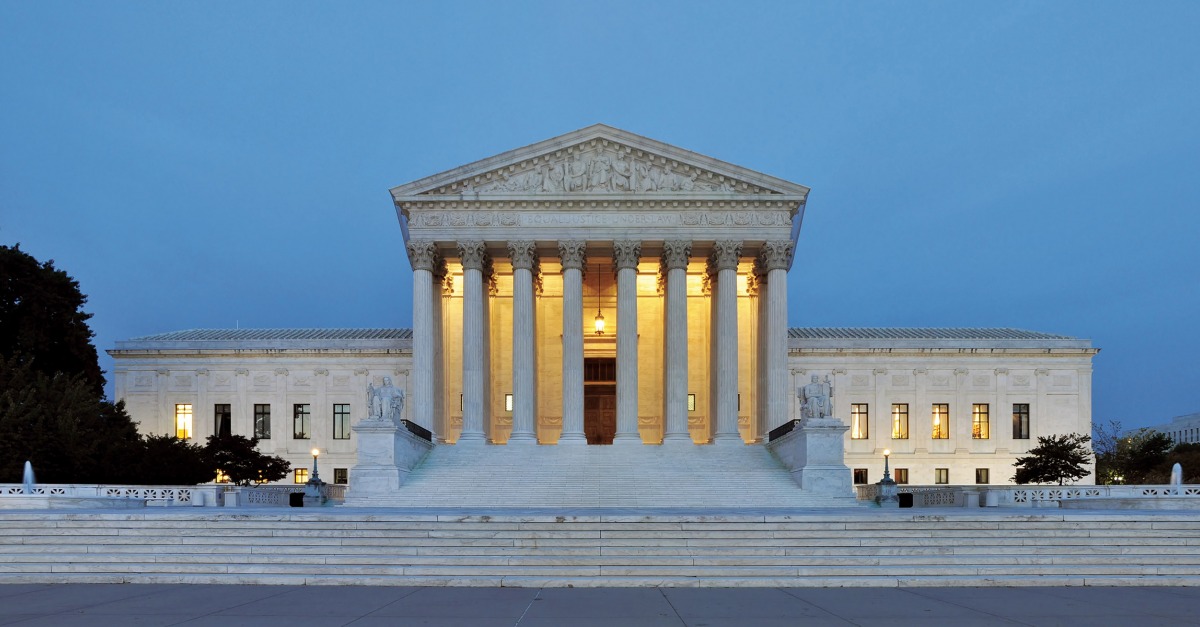Separation of Powers

Separation of Powers
Introduction
In the intricate tapestry of democratic governance, one foundational concept stands as a steadfast sentinel against the concentration of authority: the separation of powers. Join us on an enlightening journey as we unravel the origins, significance, and abiding impact of this fundamental principle, a bedrock upon which the structure of modern societies rests.
The Seeds of Separation
The roots of the separation of powers extend back to the philosophical musings of Enlightenment thinkers who dared to question the unchecked accumulation of authority. Notably, Montesquieu’s advocacy for a governmental structure divided into distinct branches set the stage for the evolution of democratic systems.
The Triad of Authority
- The Legislative Branch: Nestled at the heart of governance, the legislative branch is the embodiment of the people’s voice. Elected representatives convene to debate, draft, and enact laws that shape the trajectory of the nation. Here, the aspirations and needs of the populace find expression in the language of legislation.
- The Executive Branch: Entrusted with the execution of laws and the governance of the nation, the executive branch is the domain of the head of state, often the president or prime minister. Its responsibilities encompass policy implementation, foreign relations, and the management of the state machinery.
- The Judicial Branch: In the hallowed halls of justice resides the judiciary, the guardian of legality. Courts and judges interpret laws, resolve disputes, and ensure that the principles enshrined in the constitution are upheld. Their impartiality underscores the integrity of the system.
The Dance of Equilibrium
The separation of powers artfully weaves a tapestry of equilibrium. It thwarts the ascendancy of any single branch and forges a symphony of checks and balances. This intricate choreography assures that no entity becomes an unchallenged authority, upholding the rights and liberties of the citizenry.
The Oath of Accountability
Beyond the demarcation of functions, it is a creed of accountability. Each branch is answerable for its actions, fostering transparency and responsible governance. This harmonious interplay holds leaders accountable to both their constituents and the constitution they pledge to uphold.
Nurturing the Essence of Democracy
- Preserving Individual Liberties: It is the shield that guards individual freedoms against the encroachment of unchecked power.
- Guarding Against Tyranny: Through the dispersion of authority, the system erects a bulwark against potential tyranny. No solitary branch can commandeer total control, ensuring that the voice of the people remains sovereign.
- Efficiency through Specialization: The specialization of functions ensures efficient decision-making. Each branch concentrates on its domain of expertise, culminating in effective policy implementation.
Adapting to the Modern World
In our globally interconnected era, the separation of powers encounters novel challenges. The complexities of transnational issues necessitate collaboration that preserves democratic values while addressing the intricacies of an interdependent world.
A Lasting Legacy
The separation of powers stands as a testament to the enduring spirit of democracy, a testament to humanity’s pursuit of balanced, accountable governance. Its legacy remains alive, a living reminder that the architecture of power can uphold individual rights, forestall the specter of tyranny, and provide a blueprint for a thriving society.

